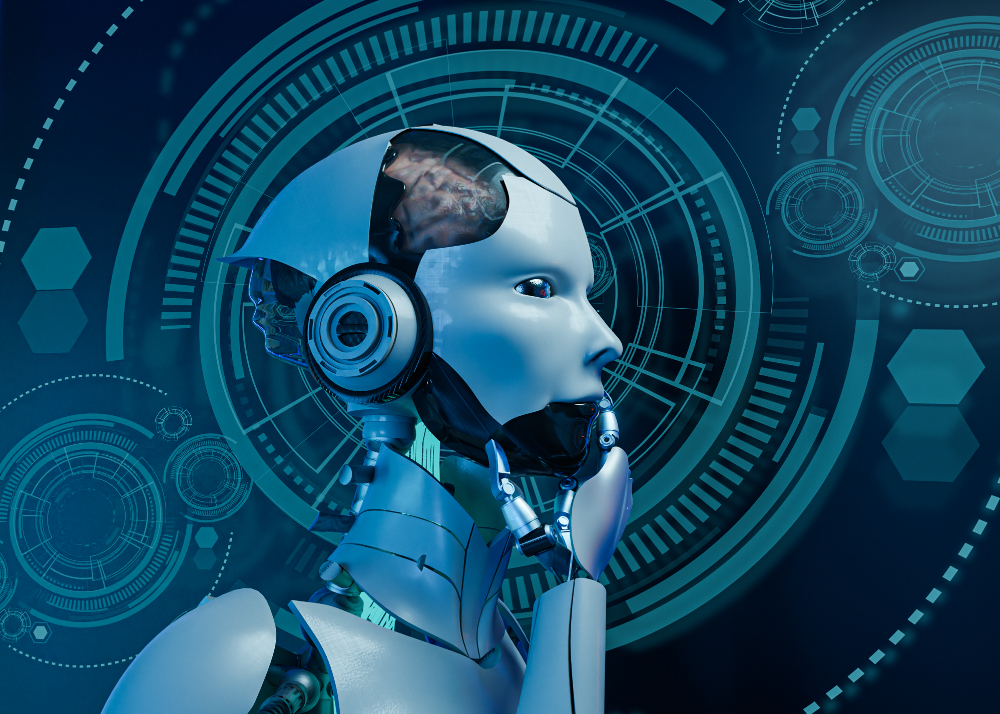
The Evolution of AI, from Your Grandparents' Time to Today
Did you know that AI (Artificial Intelligence) already existed during your grandmother’s time?
🎙️ Yes, it’s true. Let me tell you more…
In 1942, amidst World War II, the father of computing, Alan Turing, designed the Bombe machine—an electromechanical device capable of decoding Enigma cipher messages faster than any person. The Enigma machine was responsible for sending encrypted messages from the German Air Force.
In a 1950 article, Alan Turing asked: “Can machines think?” His contribution questioned whether something could possess artificial intelligence. This question became the foundation for developing the Turing Test, one way of measuring a machine’s intelligence. However, even today, many experts consider the concept incomplete.
🎬 The movie “The Imitation Game” dives deeper into his story. It's available on Netflix Brazil.

Where Did the Concept of AI Originate?
A man named John McCarthy challenged himself to develop a computer that could pass the Turing Test. In 1956, during the Dartmouth Conference, he used the term “Artificial Intelligence” for the first time, defining it as: “The science and engineering of making intelligent machines.”
McCarthy also created the LISP programming language (List Processing) and contributed to the creation of the Internet. He worked on the book and movie “2001: A Space Odyssey” and inspired the concept behind the movie “Jurassic Park.”
{I told you, he was the guy!}
- Machine Learning
The concept of Machine Learning (ML) emerged in 1997, marking the second wave of AI. ML is a subset of AI that enables machines to learn from existing data, enriching it for decision-making or predictions.
Practical Example:
Instagram uses behavioral analysis to suggest relevant content for each user, based on likes or visited pages.
There are generally four main types of Machine Learning:
Human intervention teaches the machine using a dataset.
Example: spam detectors.
The machine learns independently, identifying patterns.
Example: anomaly detection.
We have several use cases:
- Facial recognition
- Sentiment analysis in texts
- Medical diagnostics using images
- Automated translation
- Document classification
Based on trial and error, seeking to maximize rewards.
Example: stock market strategies.
Baseado em tentativa e erro, buscando maximizar recompensas.
Exemplo: estratégias no mercado de ações.
- Deep Learning
Since 2006, Deep Learning has been a technique within ML that uses deep neural networks and vast amounts of data to create patterns and make predictions. Examples include Siri, Alexa, and Google Assistant.
- Generative AI
Finally, we reach Generative AI, capable of creating texts, images, and other content. Examples include ChatGPT (launched in 2022).
Check out Sam Altman (ChatGPT's creator) in an interview with Lex Fridman from MIT, discussing GPT-5 and other topics.
Are There Other Platforms? MANY.
We’ll explore this in another article, but here are links to try them out:

Ricardo Oliveira
Head Tech & Innovation
Author
FAQ
The concept of AI began to take shape in 1956, with John McCarthy, who defined it as "the science and ingenuity of creating intelligent machines."
Machine Learning involves teaching machines with data, while Deep Learning uses neural networks and large volumes of data to create patterns and make predictions.
Generative AI can create text, images, and other content, such as ChatGPT, launched in 2022, which can generate intelligent responses in natural language.
Dialogi AI
Find out how our solutions with empat. AI can revolutionize customer service in your business.
Recent Post
- All Posts
- Customer Experience
- Design and Communication
- Ethics and Society
- Evolution and Impact of AI
Categories
Tags
Dialogi | AI | Human-Machine Interaction | Virtual Assistants | Automation | Future of Technology | Digital Communication




